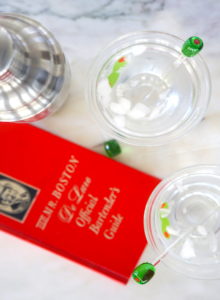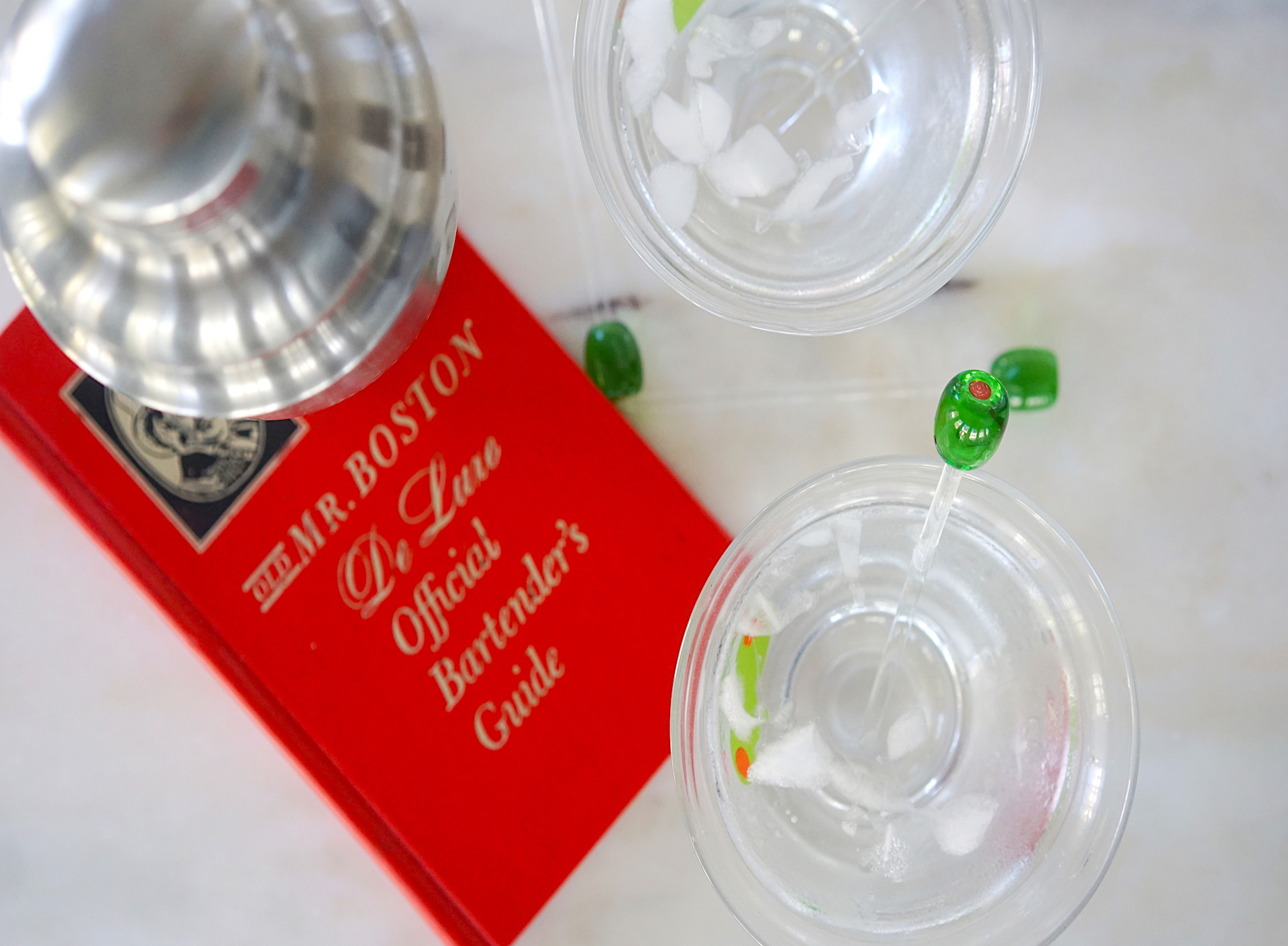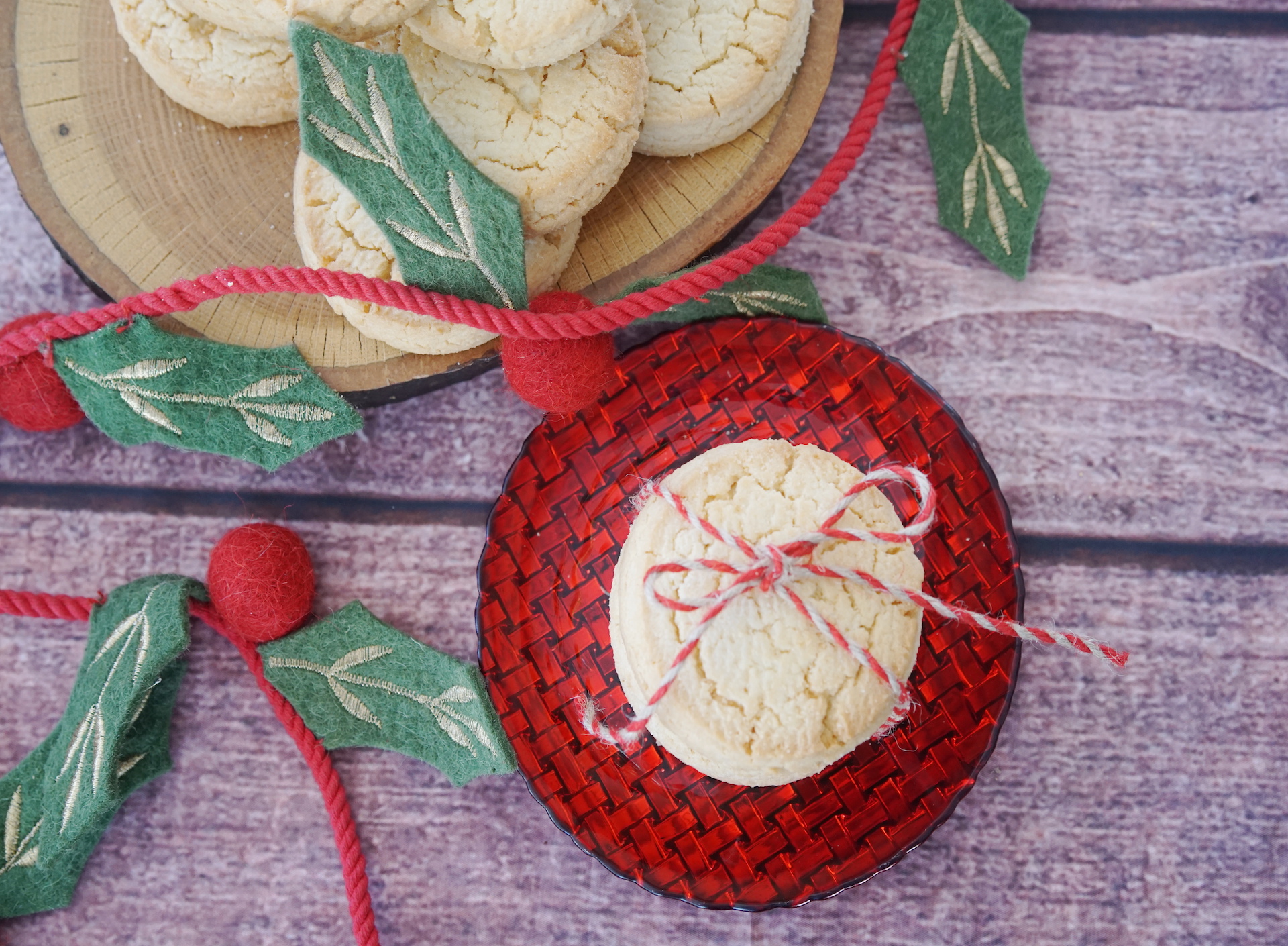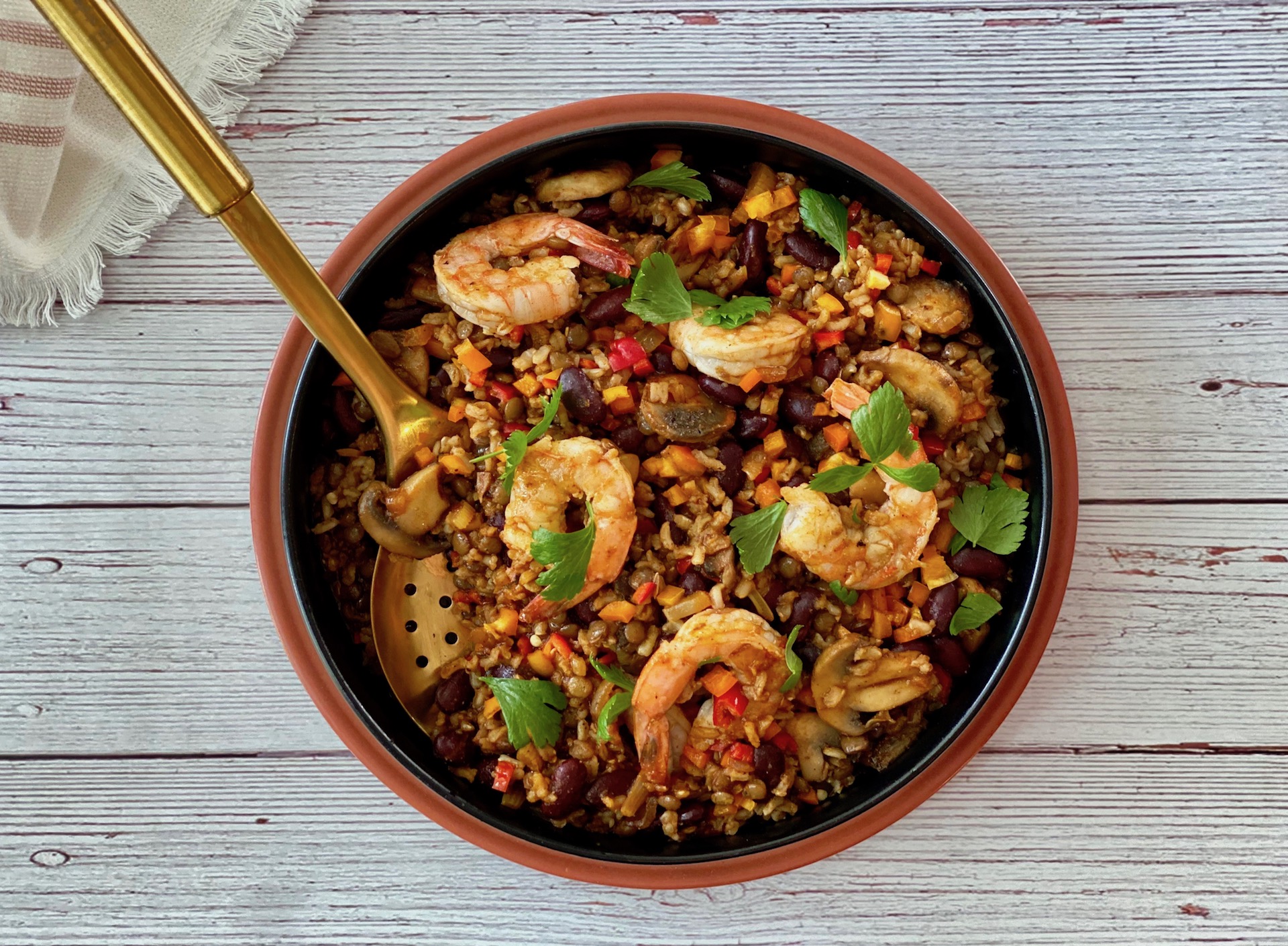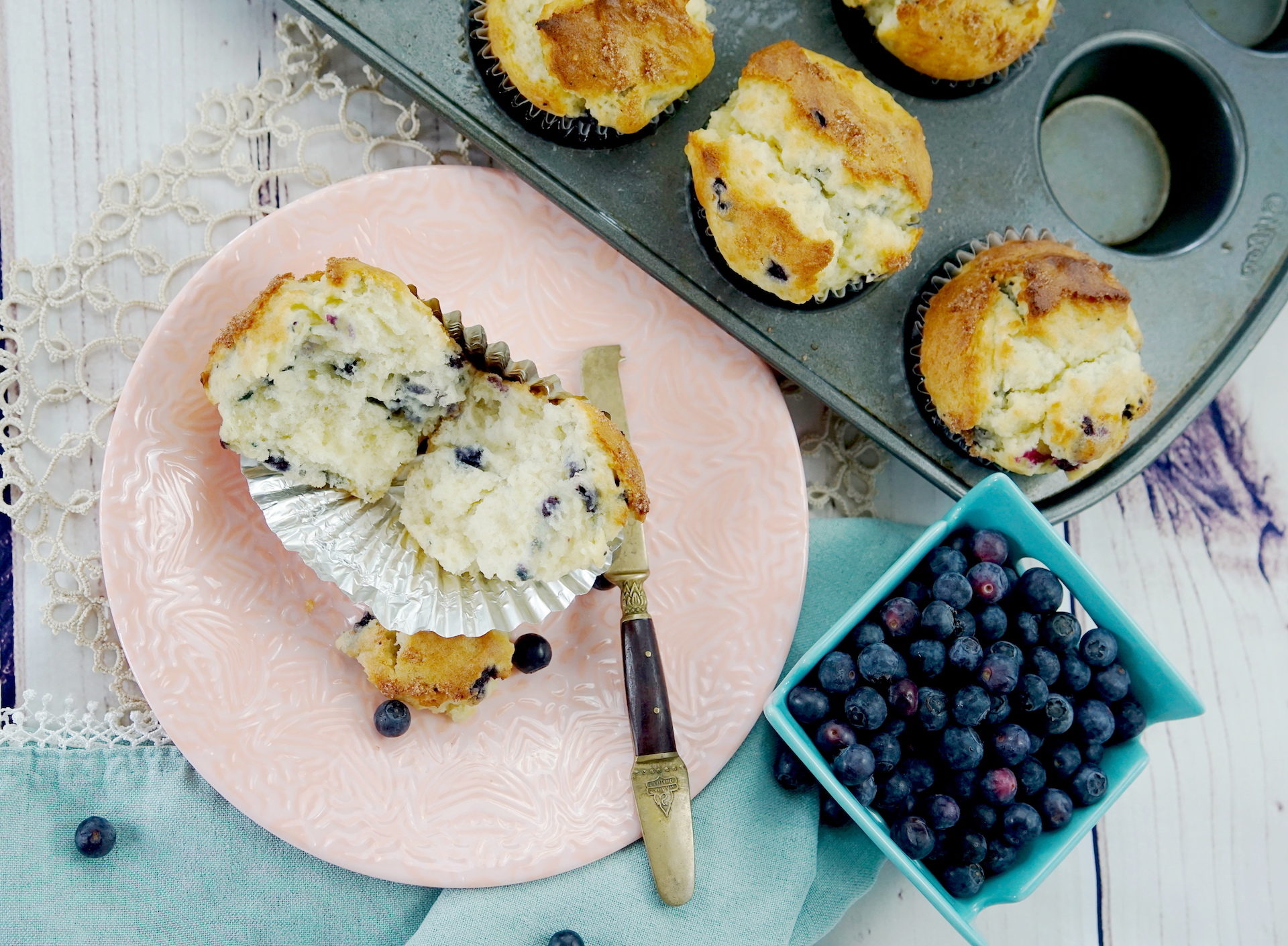Search
Classic Martini
When you order a martini today, you have many options for how it’s served. A good bartender will likely ask “vodka or gin?’ and then, specifically, ‘what kind of vodka or gin do you prefer?’ ‘Shaken or Stirred?’ ‘Served up or on the rocks?’ and, finally, “garnished with an olive or a lemon twist?”
The good news is there are no right answers to the above questions, it’s all up to you. I personally love my martinis with botanical gins, shaken, with a few ice shards floating in the glass (I’m a bit of a lightweight), served up, with olives, followed by a second one (Okay, not a lightweight) served with a twist. (I think James Bond would approve.)
That’s one martini away from President Gerald Ford’s three martini lunch. As he said, “The three martini lunch is the epitome of American efficiency. Where else can you get an earful, a bellyful, and a snootful at the same time?”
The classic Martini: Gin. Dry vermouth. It’s an incredibly simple cocktail with a complex history garnished with olives or a lemon twist. Gin has always been the more traditional choice, but Vodka martinis have enjoyed a huge surge in popularity.
For generations, it has epitomized sophistication, style, elegance, and fun-filled debauchery. Therefore, when I found my grandfather’s 1971 51st Edition of “Old Mr. Boston; De Luxe Official Bartender’s Guide” along with fabulous #retrorad martini glasses with whimsical olives printed on them, I could not help but shake up a classic, sit back, and drink in a little bit of history.
The Martini as per “Old Mr. Boston; De Luxe Official Bartender’s Guide”1971 51st Edition (Mr. Boston, 1971, pg 116-117):
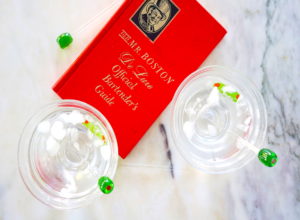
Though the martini is viewed with almost reverent awe as a drink of unique power, it is no more or less powerful than any other drink containing the same amount of alcohol.
Martini Mixing:
Chill 3-ounce cocktail glasses to the point of frost. Fill Martini pitcher with cracked (not crushed) ice. Ice should be dry and hard frozen. Measure out the exact ingredients for the number of drinks required, pouring in the dry gin first (gin should “smoke” as it settles over the cold ice), then the Dry Vermouth. Stir briskly until the drink is very cold. Strain at once into frosty stemmed cocktail glasses. For Martini “on the rocks,’ use prechilled Old-Fashioned glasses and pour the liquor over cubes of ice. A twist of lemon peel adds a special character to a Martini which many prefer.
The Bartender’s Guide continues with a list of “the more popular martinis” ranging from “Dry Martinis” (light on Vermouth) to “Vodkatinis” (substitute vodka for gin) to “Gibsons” (add a pickled onion in lieu of an olive) and, of course, one of my favs that I enjoy whenever in New Orleans “Dillatinis” in which you substitute Dilly Beans for the olive.
Prep Time: 8 minutes
Refrigeration Time: 40 minutes for frosted glass
Yield: 1; 5-ounce
Serves: 1
Glassware: Martini glass
Ingredients
- 3 ounces gin or vodka, your choice
- ½ ounce dry vermouth
- Ice cubes
- Pimento-stuffed green olives (large ones are best) or substitute a lemon twist
Directions
Chill martini glasses by placing in the freezer until nice and frosty. If you are in need of a frosted glass fast you can always pack the glass with ice and then fill with water until chilled.
Fill a glass pitcher or metal cocktail shaker with ice.
Pour gin or vodka and vermouth into the chilled glass pitcher or a metal cocktail shaker filled with ice cubes. Either shake or stir until cold, at least 10 seconds. I like to vigorously shake until the metal shaker is visibly frosty on the outside.
Strain into the chilled martini cocktail glass. Serve straight up (no ice in the glass).
Garnish with either a couple of olives or a lemon twist. My preference is three large olives in the first and a lemon twist in the next round!
Once you learn the lingo you will be sampling the many varieties of martini cocktails like “Old Mr. Boston!”
